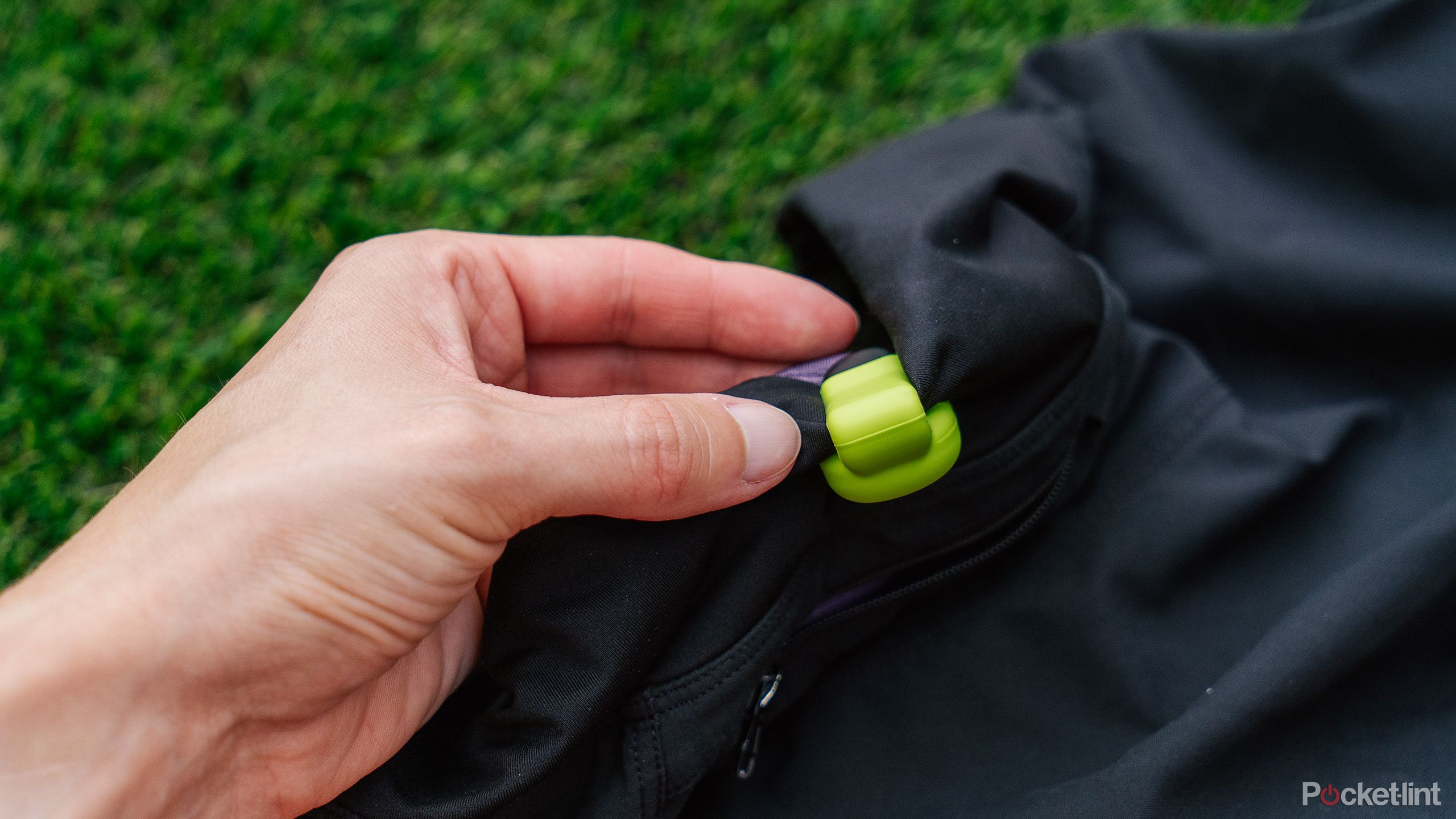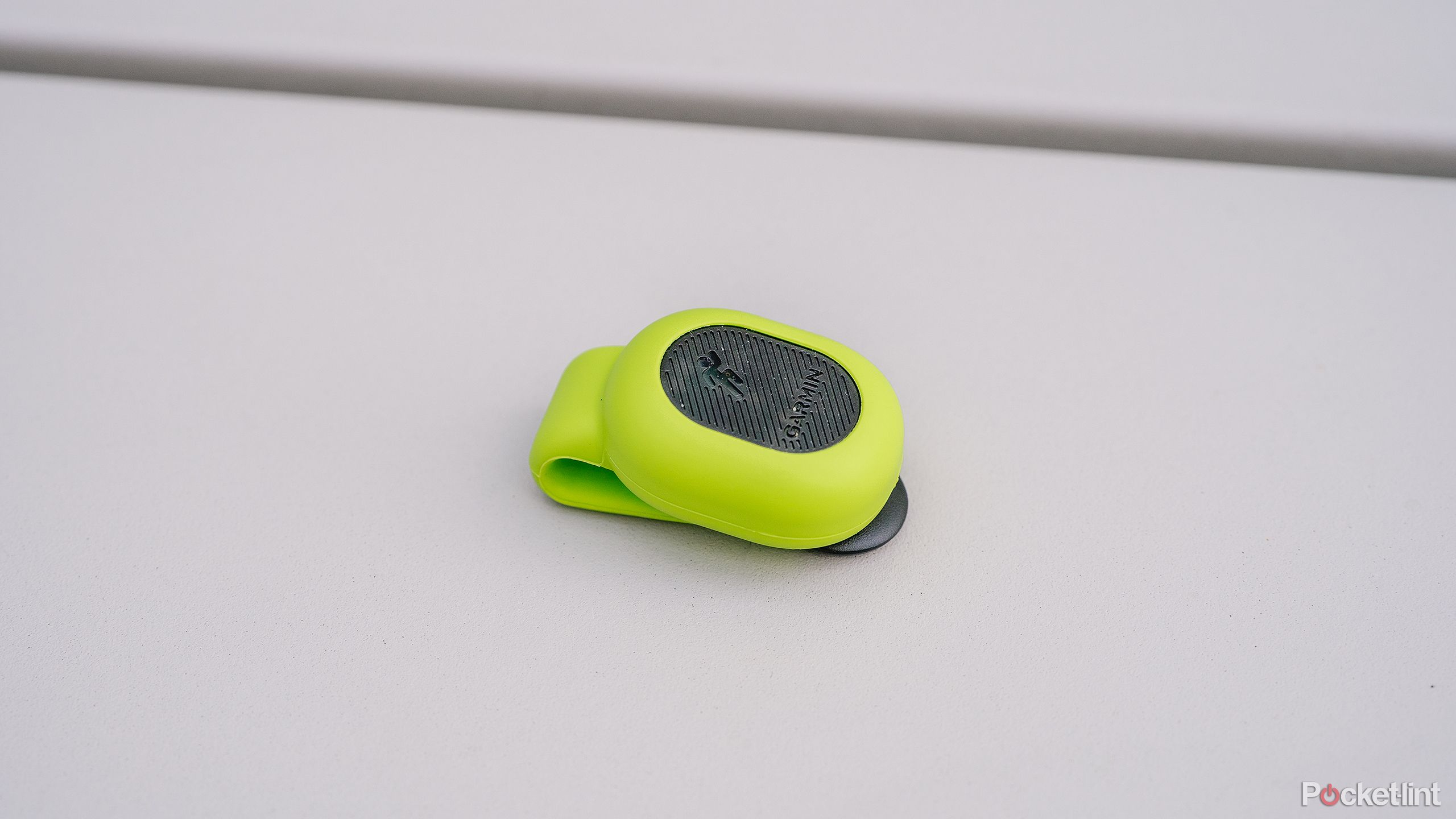Key Takeaways
- Garmin Running Dynamics Pod is a tiny, lightweight device that tracks key running metrics without a heart rate monitor.
- The device is easy to use, automatically turns on/off, and syncs data to Garmin Connect after runs.
- While useful for improving form and injury prevention, it may not be worth it for casual runners due to the price and lack of guidance on data interpretation.
If you’re looking to take your running to the next level, a better understanding of your running form can be very helpful, as your form has a significant impact on overall performance and injury prevention. Factors like cadence, ground contact time, ground contact time balance, stride length, vertical oscillation, and vertical ratio can all provide useful insight into how you can improve your form. While Garmin’sHRM-Fit and HRM-Pro Plus provide the above-mentioned data, not everyone wants to wear a heart rate monitor for every run (or at all).
The Garmin Running Dynamics Pod is a tiny alternative to those bulkier heart rate monitors. It’s an incredibly simple device, but it allows you to gather key running metrics without noticing you have anything extra on during your runs.
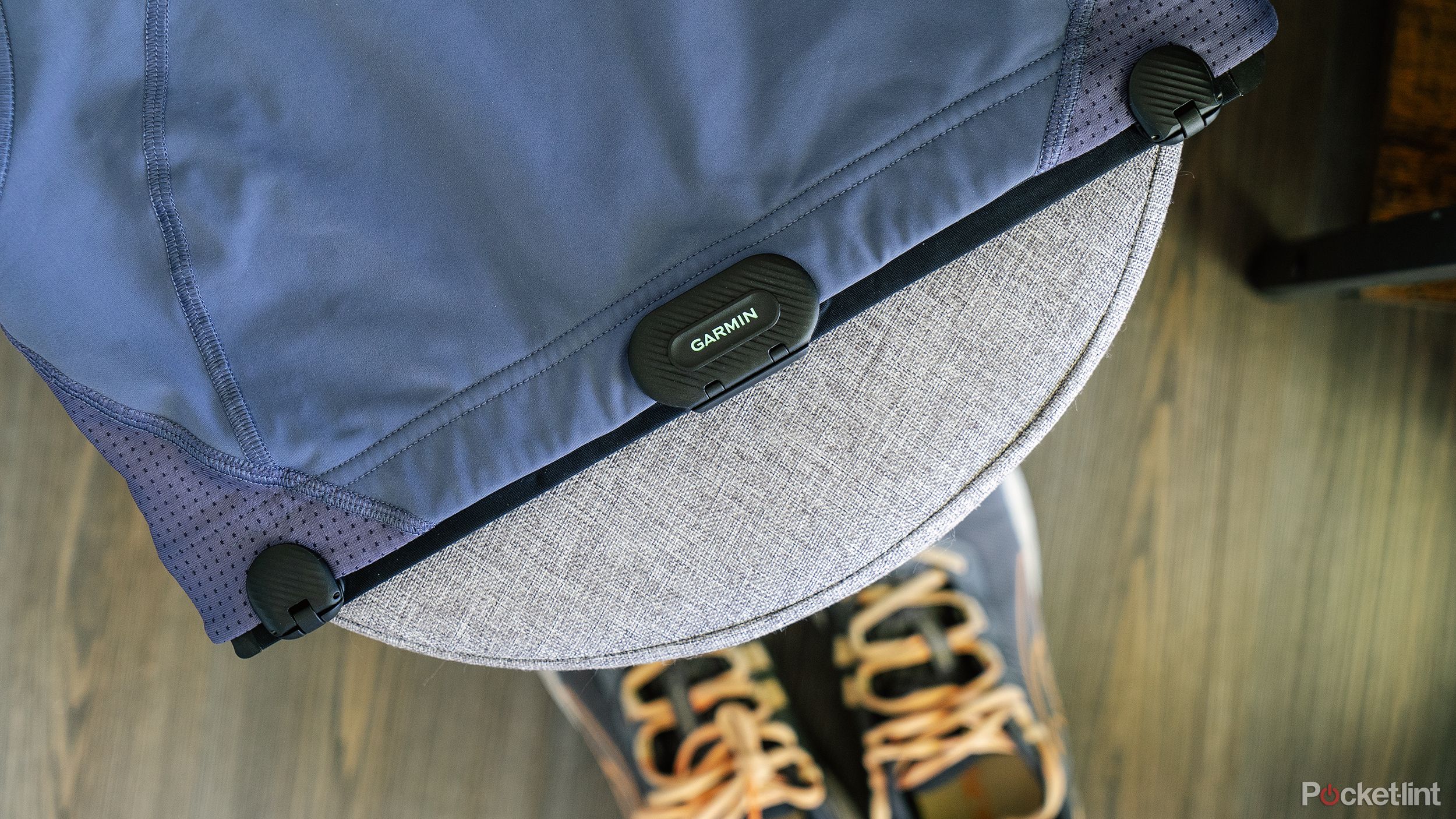
Garmin’s new heart rate monitor comfortably fit onto my sports bra, but not my budget
The Garmin HRM-Fit clips onto a sports bra instead of using a chest strap, making it more comfortable to wear. But is it worth it?
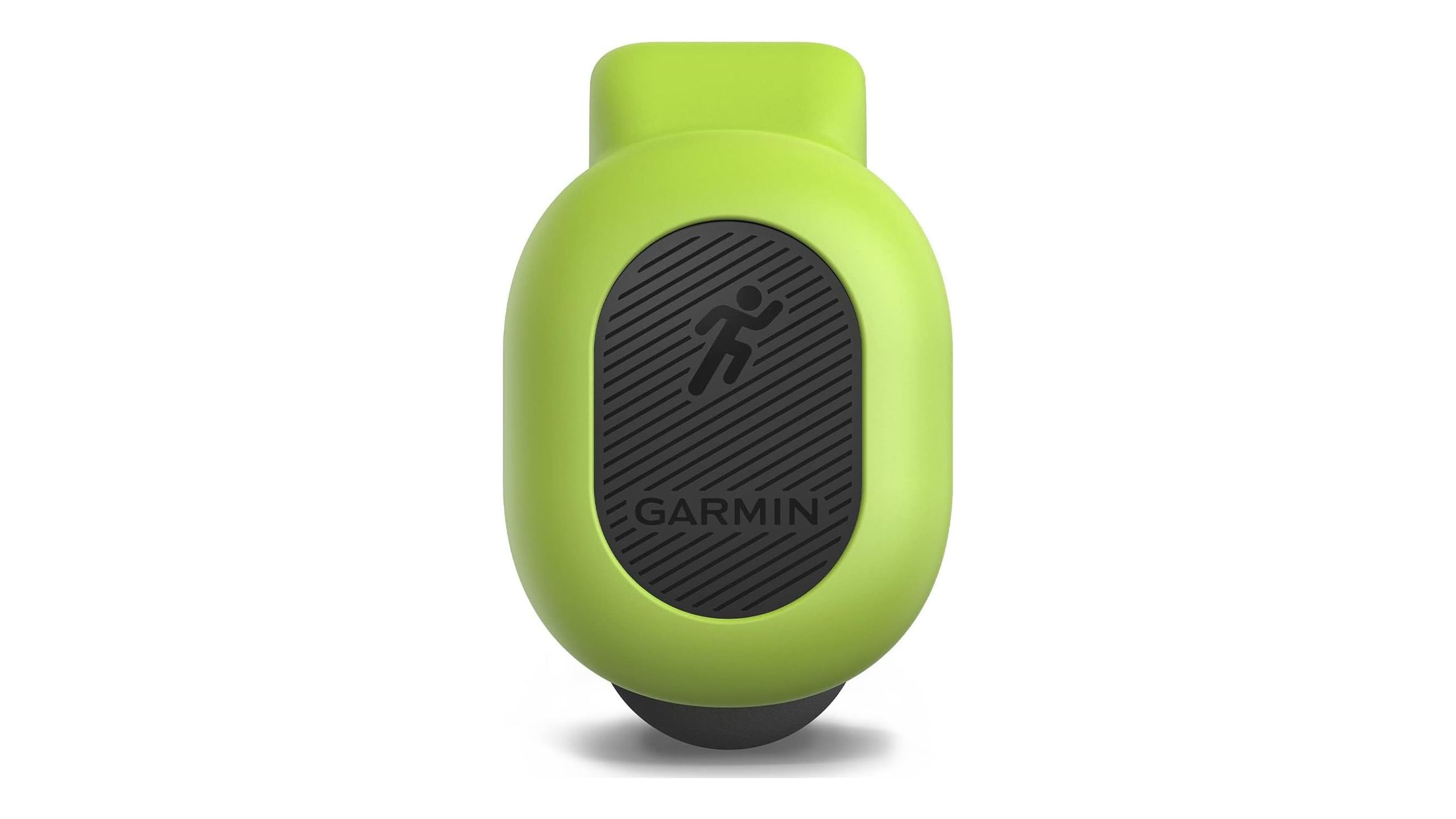
Garmin Running Dynamics Pod
A tiny tool for runners
The Garmin Running Dynamics Pod is a tiny but mighty device that clips onto your shorts and can help you better understand your running form. Once paired with a compatible Garmin device, it uses an accelerometer to measure cadence, vertical oscillation, ground contact time, and more. Such information can help you improve your running efficiency and prevent injuries, but you have to know how to use the data.
- Tiny and lightweight
- No need to worry about turning it on or off
- Captures accurate running metrics without a heart rate monitor
- Easy pairing process
- Have to know what to do with the data for it to be useful
- A bit pricey for what it is
- No indicator to verify it’s on
Price, availability, and specs
The Garmin Running Dynamics Pod is available for $70.
Garmin Running Dynamics Pod
- Brand
- Garmin
- Heart Rate Monitor
- None
- Battery Life
- 1 year
- Display
- None
- Health sensors
- Accelerometer
- IP rating
- 1 ATM
- Dimensions
- 1.5 x 0.9 x 0.8in
What I liked about the Garmin Running Dynamics Pod
Large data in a tiny package
The best feature of the Running Dynamics Pod (RDP) is its simplicity. There’s no power button or charging port. Instead, it relies on a replaceable battery that Garmin says will last for a year with one hour of activity a day. To wake the RDP up before a run, you give it a good shake or just start running, and it will pick up the motion in a few steps. It automatically turns off on its own, so you won’t accidentally forget to turn it off and come back to a dead RDP before starting your next run.
Using the RDP is also extremely simple. You first need to make sure it’s paired with a compatible Garmin watch, but that pairing process is fast and easy. Then, when it’s time for a run, simply clip it to the waistband against your back. There are no weird settings to adjust or check or anything to fuss with at all.
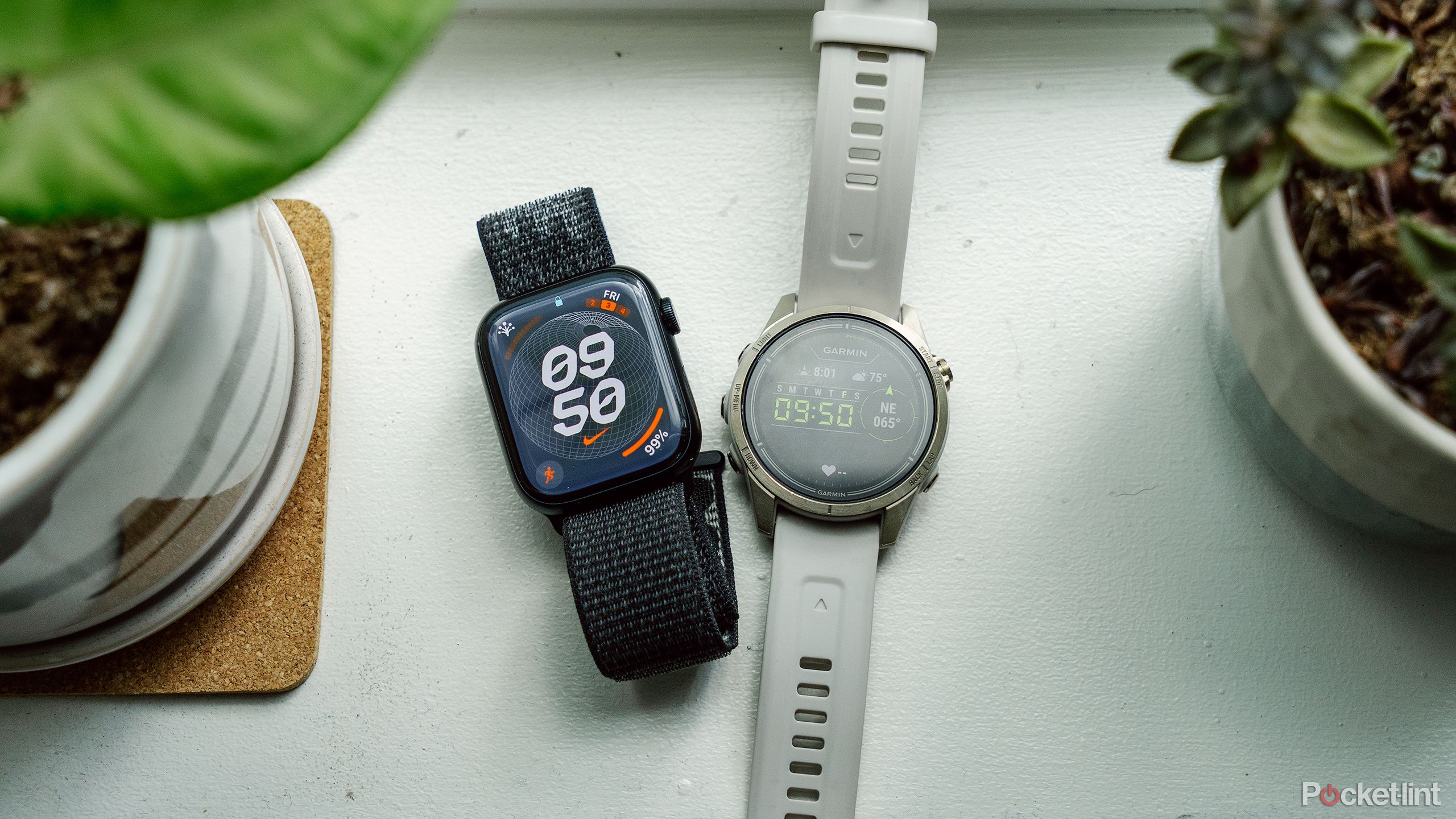
5 reasons why I use a Garmin tracker over an Apple Watch
The Apple Watch may be popular, but Garmin leads the way in many respects.
The built-in clip is really tight, which takes some finagling to get it attached, but it also means that it stays put. Although I don’t have very rugged terrain here in Florida, it didn’t budge at all during my trail runs over lots of exposed roots. It’s also ridiculously tiny. The RDP is roughly the size of my thumb and weighs a measly 0.4 ounces. I didn’t notice it on me at all. In fact, I even had it on when sitting in my truck after the run and I didn’t have any issues with it in that situation, either.
Post-run, the data automatically syncs to Garmin Connect right in the workout from your watch, so everything is in one place. You’ll get a summary in the workout page, but if you tap on each item, you get far more detailed information. The data is accurate, right on par with what I get from my heart rate monitor.
What I didn’t like about the Garmin Running Dynamics Pod
Only useful for niche groups of people
While having all that data is neat, it doesn’t do much good if you don’t know what to do with that new knowledge. Garmin essentially just dumps the data and leaves it to you to figure out what to do with it. If you work with a coach, physical therapist, or biomechanist, they may be able to use that data to help you alter your form for better efficiency. But, most individuals probably won’t be able to use the insights the RDP provides.
Should you buy the Garmin Running Dynamics Pod?
If you are serious about working on your form and don’t like wearing a heart rate monitor, then yes, it is worth buying the RDP. But if you are more of a casual runner, I have a hard time suggesting a $70 device that doesn’t offer any sort of multipurpose functionality. Perhaps if Garmin added some tools in the Garmin Connect app so that more people would know what to do with this data, it would be worth it for more users. But, as is, it’s really best for a niche group of people.



